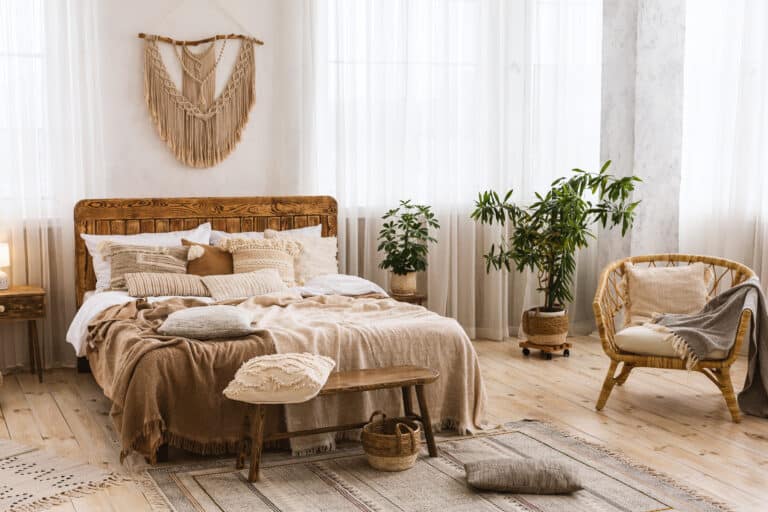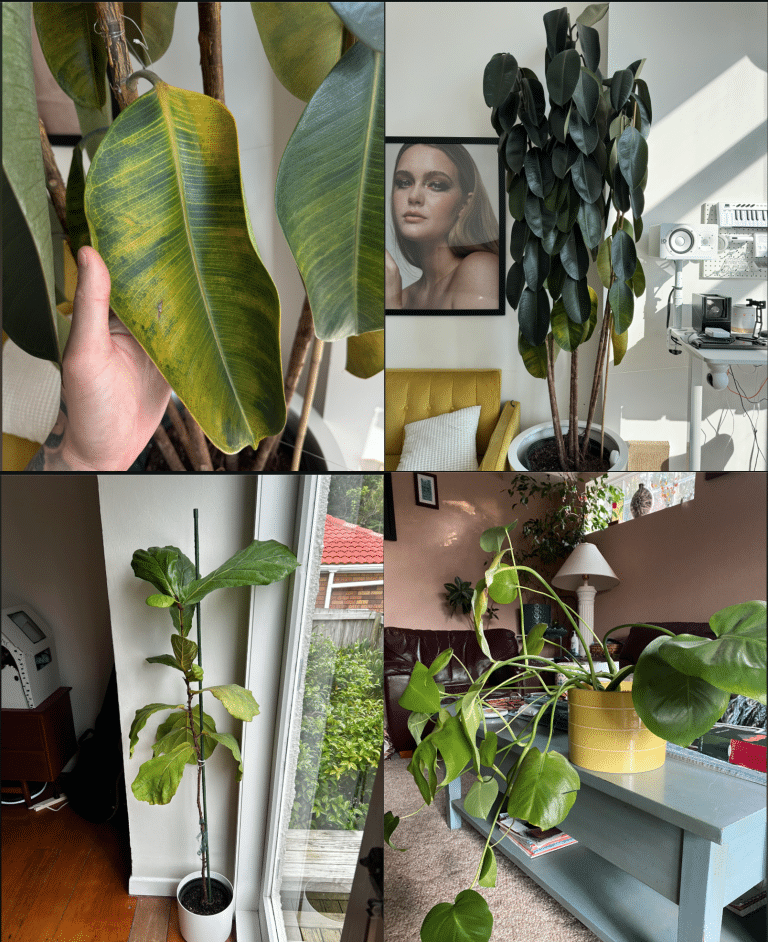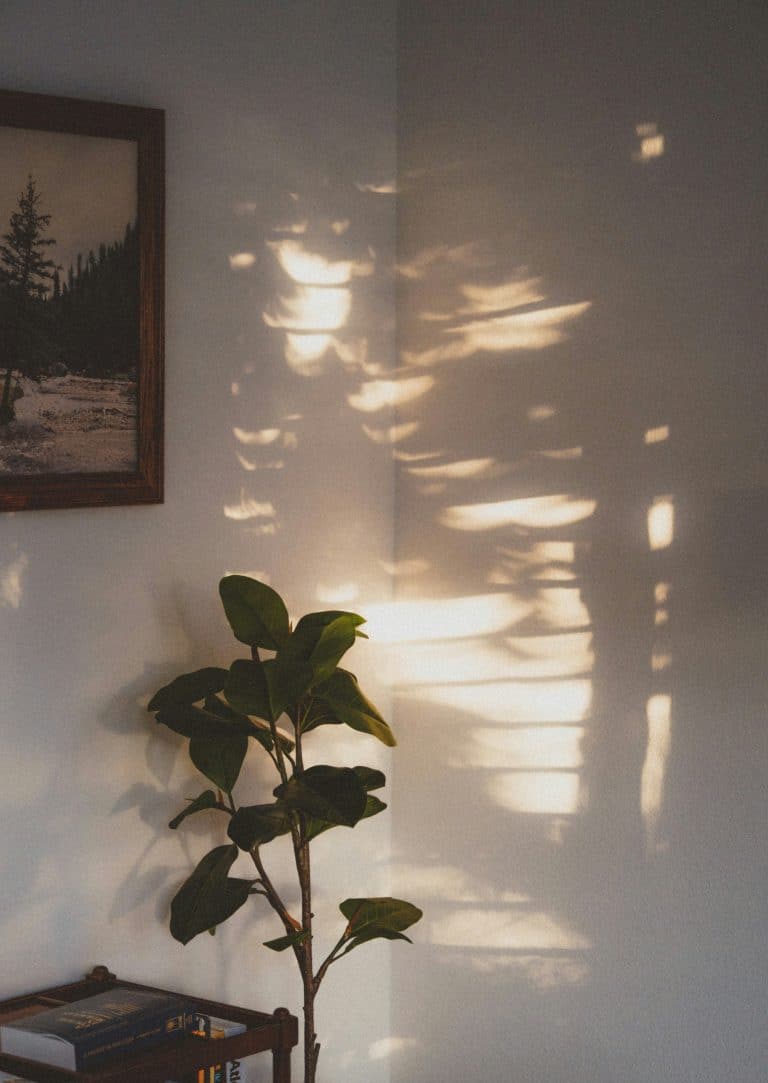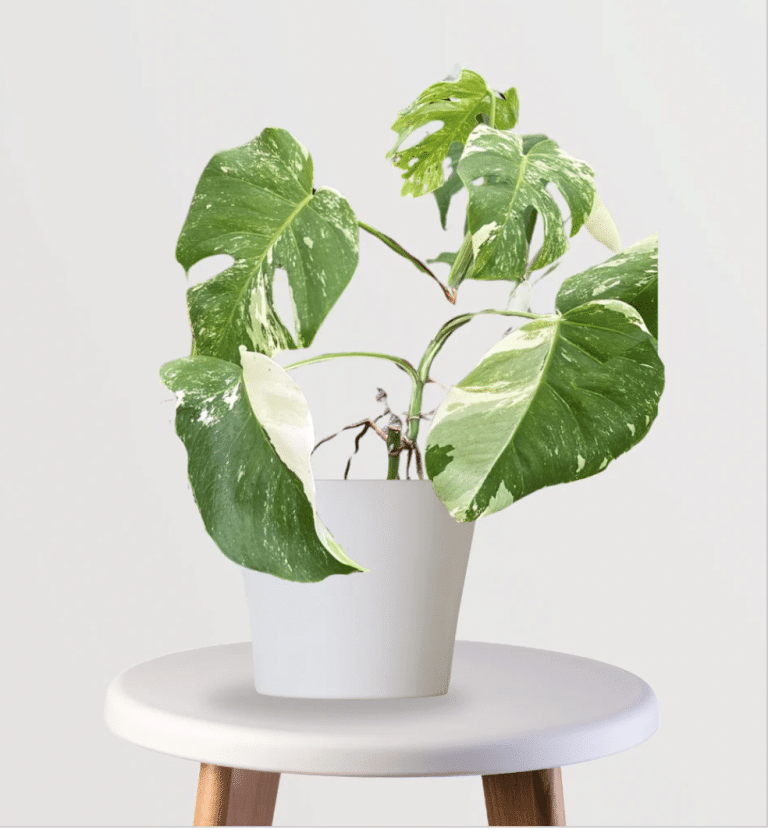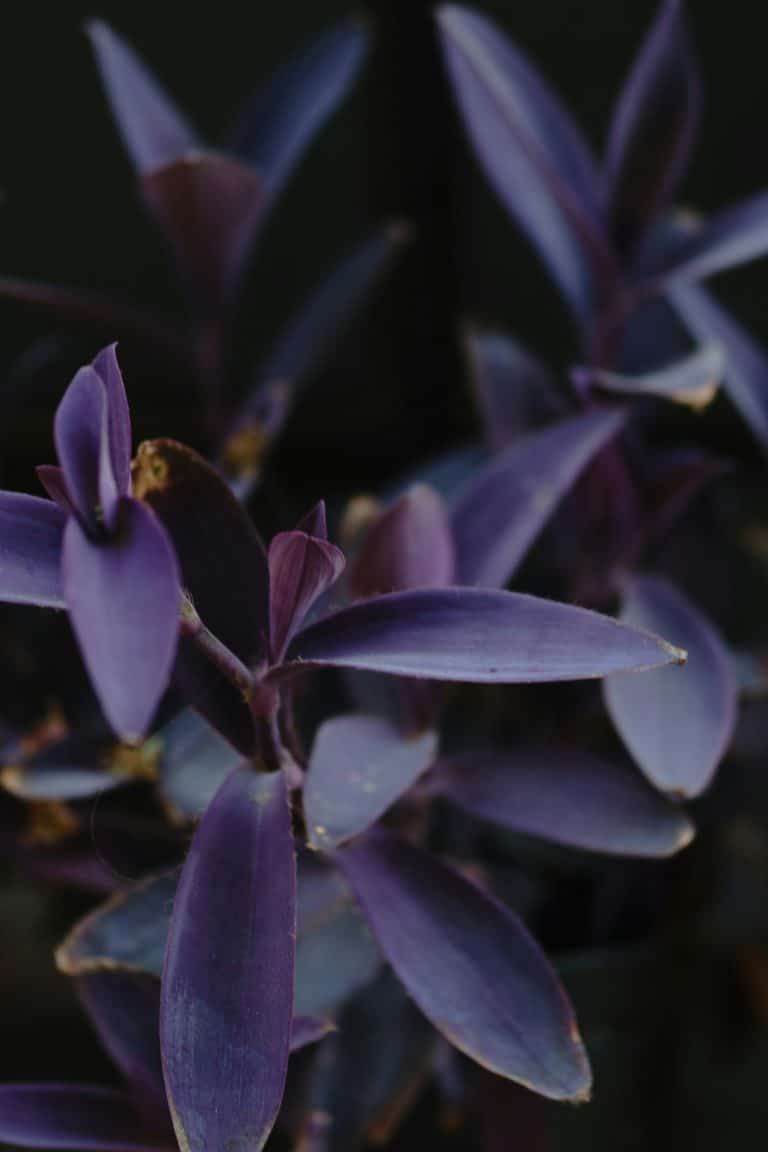Best Soil & Fertilizers for low light indoor trees
Explore our first-hand tested recommendations for soil and fertilizers for low light indoor trees grown in our Brooklyn community home!
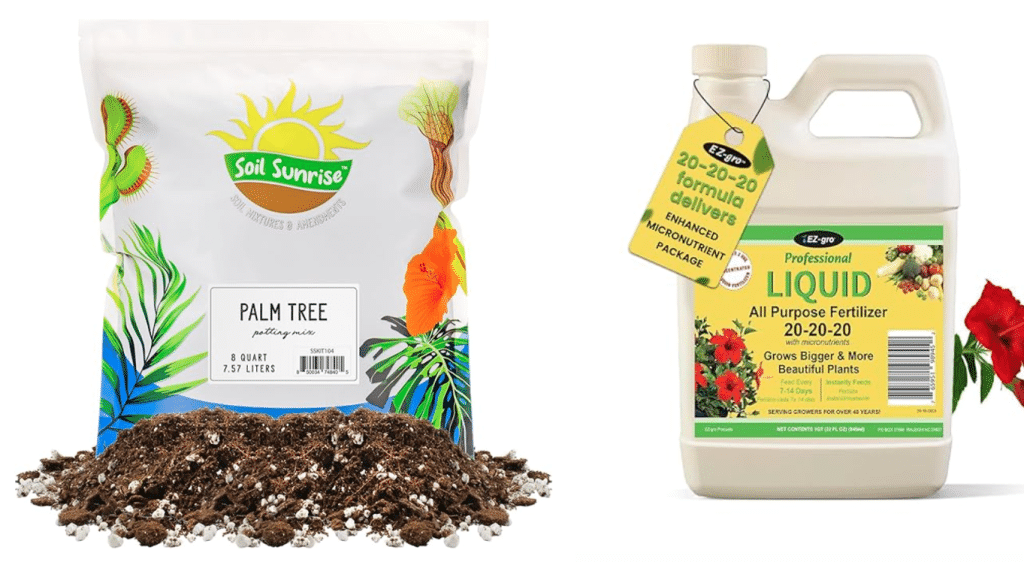
When you purchase through links here, we earn an affiliate commission, which helps sustain our blog!
Not all soil and fertilizers work the same way for low-light indoor trees. Since these trees grow a bit slower than some and absorb water more gradually, using the wrong soil mix can lead to root rot, compacted soil, or nutrient deficiencies. And fertilizers? Overfeeding can be just as harmful as not feeding at all.
We’ve tested different soil blends and fertilizers for last three years, to find what actually works—and what can quietly kill your indoor trees. In this guide, we’ll break down the best soil mixes for moisture control, the top fertilizers that provide slow-release nutrients, and how to avoid common mistakes like over-fertilization or soil compaction. Let’s dive in!
Best overall Soil and fertilizer mix for low light indoor trees
Best Soil Mix
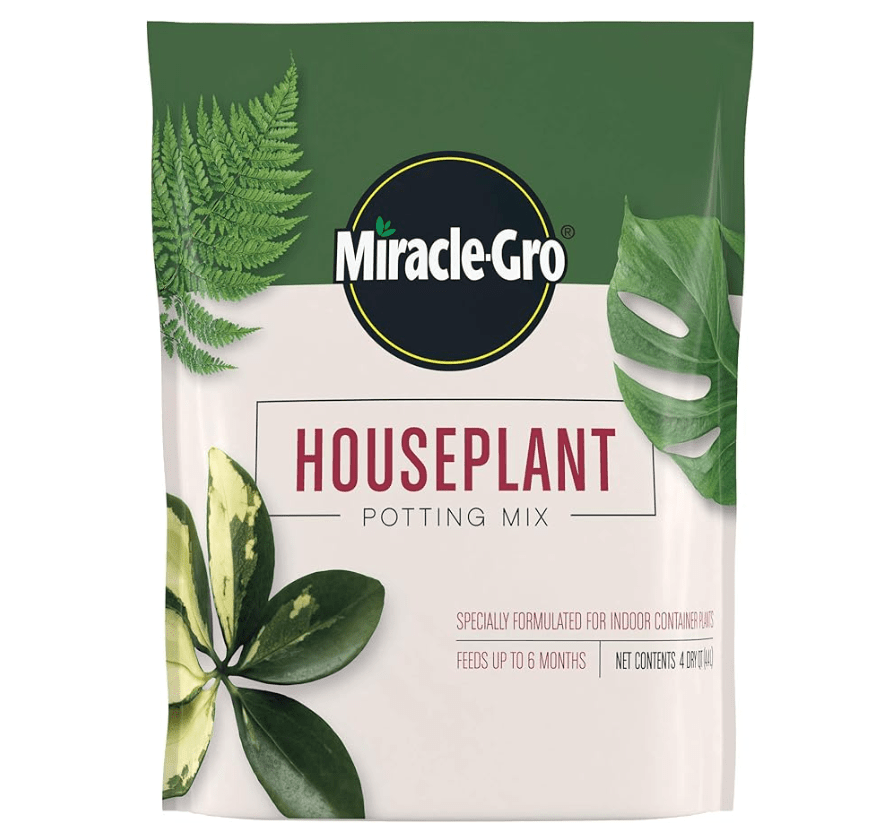
Best fertilizer mix

Categorizing Low-Light Indoor Trees by Soil and Fertilizer Needs
Not all low-light trees have the same root structure or watering preferences. We break them down into three categories:
- Moisture-Loving Trees (e.g., Parlor Palm, Bamboo Palm, Weeping Fig)
- Drought-Tolerant Trees (e.g., ZZ Plant, Snake Plant, Ponytail Palm)
- Moderate-Water Trees (e.g., Rubber Plant, Dracaena, Fiddle Leaf Fig)
Understanding which category your tree falls into helps prevent overwatering, compacted soil, and nutrient imbalances.
Best Soil Mix and Fertilizer for Moisture-Loving Low-Light Trees
(Examples: Parlor Palm, Bamboo Palm, Weeping Fig, Lady Palm, Cast Iron Plant)
Moisture-loving low-light trees are a bit tricky. They like consistently damp soil but will throw a fit if they’re sitting in soggy, compacted soil for too long.
Ideal Soil Mix for Moisture-Loving Trees
Moisture-loving trees need a soil blend that holds water without getting compacted. That means balancing organic matter with aerating ingredients to keep roots breathing while staying hydrated.
Our go-to soil mix for moisture-loving trees:
- 50% potting soil – A solid base with organic nutrients
- 30% coconut coir – Retains moisture without becoming waterlogged
- 10% perlite – Improves drainage and prevents compaction
- 10% orchid bark – Adds structure and helps roots spread easily
This mix retains moisture but drains efficiently, preventing the dreaded root rot problem that moisture-loving trees are prone to.
Why coconut coir instead of peat moss?
We have used peat moss before, but it has two major problems:
- It compacts over time, leading to poor aeration.
- It’s not sustainable. Coconut coir is a renewable alternative that holds moisture without smothering the roots.
What to avoid?
- Heavy, compacted soil mixes meant for outdoor plants
- Peat-based potting mixes that get too dense in low-light conditions
- Pure garden compost—it holds too much water indoors
Pro Tip: If your potting mix still feels dense, add a handful of pumice or horticultural charcoal for extra drainage. This prevents the soil from becoming too compacted over time.
What is the Best soil to purchase for moisture loving low light indoor trees?

This is a great soil mix we use for most palms we have kept indoor, and even cast iron plant!
Best Fertilizers for Moisture-Loving Trees
Moisture-loving trees tend to be slow feeders, so they don’t need a heavy dose of fertilizer like outdoor plants. Over-fertilizing can actually burn their roots or cause excessive, weak growth. Instead, they do best with gentle, balanced nutrients applied in small amounts.
Best organic fertilizers:
Worm castings – Mix into the topsoil every 2-3 months for a steady nutrient boost Compost tea – Provides a gentle, natural source of nitrogen and beneficial microbes Diluted fish emulsion – Adds micronutrients without overwhelming the plant
2. Best liquid fertilizer:

This liquid fertilizer is our house favorite. Works for pretty much all the palms we have.
Best Soil Mix and Fertilizer for Drought-Tolerant Low-Light Trees
(Examples: ZZ Plant, Snake Plant, Ponytail Palm, Chinese Evergreen, Dracaena Compacta)
Ideal Soil Mix for Drought-Tolerant Trees
The goal here is a mix that drains quickly but still provides structure for roots to anchor in.
Our go-to soil mix for moisture-loving trees:
- 40% potting mix – Provides a basic nutrient foundation
- 30% perlite – Ensures excellent drainage and aeration
- 20% orchid bark – Prevents soil compaction and keeps air pockets open
- 10% sand – Adds extra drainage and prevents water retention
This mix prevents water from pooling around roots, which is exactly what drought-tolerant trees need to stay healthy.
Why no compost or peat moss?
- Compost holds too much moisture, which can lead to fungus and rot.
- Peat moss stays damp too long, which is great for moisture-loving trees but a nightmare for drought-tolerant ones.
What is the Best soil to purchase for drought tolerant low light indoor trees?

This is a great soil mix we use for the Dracaena’s, ZZ’s, and snake plants. A pretty great all purpose mix too.
Best Fertilizers for Drought-Tolerant low light indoor Trees
These grow slowly, which means they don’t need much fertilizer. Over-fertilizing can actually damage their roots, causing excessive growth that weakens the plant instead of strengthening it.
Best organic fertilizers:
- Diluted compost tea – Adds a small, steady dose of nutrients every 6-8 weeks
- Worm castings (light application) – Sprinkled on the soil surface every 4 months
- Seaweed extract (very diluted) – Provides trace minerals without overwhelming the roots
How often should you fertilize?
- Spring & summer: Every 2-3 months (these trees don’t need much feeding)
- Fall & winter: Skip fertilizing entirely—they enter dormancy and don’t need extra nutrients
Pro Tip: If your drought-tolerant tree is looking weak or pale, it might need a tiny boost of liquid fertilizer. But instead of fertilizing more often, just dilute the dose even further.
2. Best fertilizer (Balanced NPK: 10-10-10)

To be honest, we don’t really recommend you spend a seperate amount for drought tolerant trees because they don’t necessarily need a lot of fertilizer. This all purpose mix for tropical plants works perfectly well for them too!
Best Soil Mix and Fertilizer for Moderate-Water Low-Light Trees
(Examples: Rubber Plant, Dracaena, Fiddle Leaf Fig, Money Tree, Corn Plant)
Ideal Soil Mix for Moderate water low light trees
The goal here is a mix that drains quickly but still provides structure for roots to anchor in.
Our go-to soil mix for Moderate water low light trees trees:
- 50% potting soil – Provides a stable, nutrient-rich base
- 25% perlite – Adds aeration and prevents compaction
- 15% coconut coir – Retains moisture without creating soggy conditions
- 10% compost – Boosts organic nutrients and encourages healthy root growth
This mix keeps the soil evenly moist without drowning the roots.
Why this mix works:
- Potting soil + compost provide essential nutrients
- Coconut coir retains just enough moisture for steady hydration
- Perlite prevents compaction and improves aeration
What to avoid?
- Too much compost or peat moss – It can hold too much moisture, leading to root rot.
- Dense, clay-heavy soils – These don’t allow proper drainage, making the plant susceptible to overwatering.
- Pure cactus mix – Dries out too fast for moderate-water trees.
Pro Tip: If your soil feels too dense, add a handful of orchid bark to increase aeration. If it dries out too fast, mix in extra coconut coir for better moisture retention.
What is the Best soil to purchase for Moderate water low light indoor trees?

You could use a specialized soil mix like this one that works for fiddle leaf fig and others, but this all purpose one works just fine we think!
Best Fertilizers for Moderate-Water Trees
Unlike drought-tolerant trees, moderate-water trees need a steady but controlled feeding schedule. They grow faster than drought-tolerant plants, but if you fertilize them too aggressively, they’ll develop weak, leggy stems and oversized leaves that can’t support themselves. We made this mistake with a Dracaena, and it ended up growing long, spindly stems that flopped over.
Best organic fertilizers:
- Worm castings – Mix into the topsoil every 3-4 months for a slow, steady release of nutrients
- Compost tea – A gentle liquid feed that adds beneficial microbes to the soil
- Banana peel fertilizer – Provides a natural potassium boost (especially good for Fiddle Leaf Figs)
How often should you fertilize?
- Spring & summer: Every 4-6 weeks with liquid fertilizer or every 2-3 months with slow-release granules
- Fall & winter: Cut back to every 8 weeks or skip fertilizing entirely (growth slows down)
Pro Tip: If you notice leaves turning brown at the edges, your plant may be getting too much fertilizer. Flush the soil with water every few months to prevent salt buildup.
Read also: Why are leaves on my low light trees turning yellow
2. Best liquid fertilizer (NPK: 20-20-20 Balanced feeding, diluted to ¼ strength every 4-6 weeks

This is a new addition in our house and works just fine for the fiddle leaf figs, money tree, corn plants etc!
Common Soil & Fertilizer Mistakes to Avoid
Over-Fertilizing in Low Light—Signs Your Tree Is Getting Too Many Nutrients
It’s tempting to think that fertilizer = instant plant happiness, but in low light, trees don’t grow as fast, which means they don’t need as much fertilizer. We’ve accidentally overfed our Rubber Plant before, and instead of lush new growth, we got crispy brown leaf tips and weak, leggy stems. Over-fertilization forces plants to grow too quickly, making them prone to breakage and nutrient imbalances.
Signs of over-fertilization:
- Brown, crispy leaf tips – Too much salt buildup from fertilizers
- Yellowing leaves that drop easily – Nutrient overload stresses the plant
- White crust on top of the soil – Excess mineral buildup from fertilizers
- Leggy, weak stems – Rapid, unnatural growth from too much nitrogen
How to fix over-fertilization:
- Stop fertilizing immediately and let the plant recover
- Flush the soil with water – Pour distilled water through the pot until excess salts are drained
- Repot if necessary – If there’s severe buildup, fresh soil will help restore balance. Also check out our favorite pots for low light indoor trees.
- Switch to a diluted fertilizer – In low light, we use fertilizer at ¼ to ½ strength to prevent overfeeding
Read also: How to keep your low light indoor trees thriving!
Using Heavy Soil That Retains Too Much Moisture—How to Spot and Fix Compacted Soil
Ever watered a plant and had the water sit on top of the soil instead of soaking in? That’s compacted soil. It’s one of the biggest killers of low-light indoor trees because it prevents oxygen from reaching the roots and holds water for too long. We made this mistake with our Dracaena, using standard potting soil without any aeration. Within a few weeks, the plant’s lower leaves were turning yellow, and the soil was staying wet for days—a clear sign that the roots weren’t happy.
Signs of compacted soil:
- Water sits on the surface instead of absorbing
- Soil stays wet for more than 7 days
- Lower leaves turn yellow and drop
- Fungus gnats appear—moist, dense soil attracts them
How to fix compacted soil:
- Aerate the soil – Use a chopstick or skewer to loosen up the soil without damaging roots
- Repot with a better mix – Add perlite, orchid bark, or pumice to improve drainage
- Switch pots if needed – Terracotta pots wick away excess moisture, unlike plastic ones
- Water less frequently – If the soil is staying wet too long, wait longer between waterings
Pro Tip: If you’re stuck with compacted soil but don’t want to repot, mix a small amount of perlite or orchid bark into the top layer—this can improve aeration without disturbing the roots too much.
Read also: How to water low light indoor trees
Forgetting to Refresh Soil—When to Repot vs. Just Refreshing the Topsoil
We used to think plants could stay in the same pot forever—until our Money Tree stopped growing and looked dull and lifeless. Turns out, soil loses nutrients over time, and after about 2-3 years, it’s basically just filler. Even if your tree isn’t root-bound, old soil can get compacted and depleted, making it harder for roots to absorb water and nutrients.
When to repot vs. refresh the soil:
Repot completely if:
- Roots are circling the bottom of the pot (root-bound)
- Water drains too fast because the soil has broken down
- The plant stopped growing despite proper care
Refresh the topsoil if:
- The plant is still healthy but the soil looks dry, compacted, or depleted
- It’s been over a year since you last refreshed the soil
- You don’t want to stress the plant with a full repotting
How to refresh soil without repotting:
- Remove the top 1-2 inches of old soil carefully
- Replace it with fresh potting mix mixed with compost or worm castings
- Water lightly to help settle the new soil in place
Refreshing soil once a year helps keep nutrients balanced without the stress of frequent repotting.
Using the Wrong pH Soil Mix—How to Check and Adjust Soil pH for Optimal Nutrient Absorption
Not all soils are created equal, and pH balance affects how well your plant absorbs nutrients. If the soil is too acidic or too alkaline, your tree might look sick even though it’s getting the right care. We had this issue with a Fiddle Leaf Fig—it had yellowing leaves, weak new growth, and poor water absorption. A quick pH test showed that the soil was too acidic, meaning the roots couldn’t absorb nutrients properly.
Ideal pH range for low-light trees:
- Most low-light indoor trees: 5.5 – 6.5 (slightly acidic to neutral)
- Fiddle Leaf Fig, Rubber Plant, Dracaena: Prefer closer to 6.0 – 6.5
- ZZ Plant, Snake Plant: Can tolerate slightly more alkaline soil, up to 7.0
How to check and adjust soil pH:
- Use a soil pH meter – Quick and easy way to test pH at home
- If pH is too low (too acidic): Add dolomite lime or crushed eggshells to raise it
- If pH is too high (too alkaline): Add peat moss, coffee grounds, or sulfur to lower it
Pro Tip: Instead of guessing, use a soil pH test kit once a year to make sure your plant’s soil is in the right range. Adjust gradually—small changes are better than shocking the plant with drastic pH swings.
Conclusion
Choosing the right soil mix and fertilizer for low-light indoor trees can make all the difference in their growth, health, and resistance to pests or disease. The key is balancing moisture retention without causing soggy soil, using slow-release nutrients, and avoiding over-fertilization. With the right care, your indoor trees can thrive—even in the lowest light conditions.

